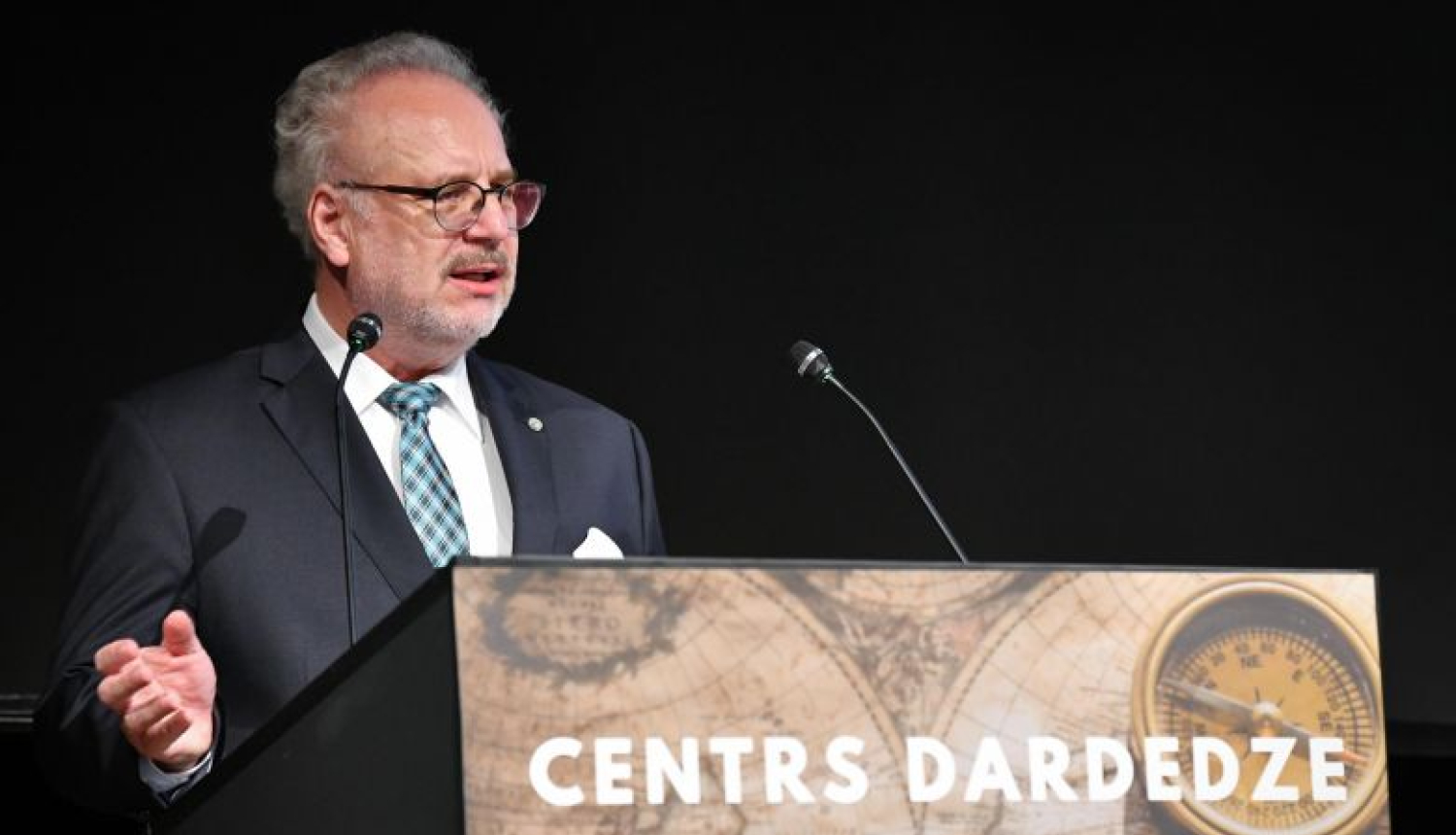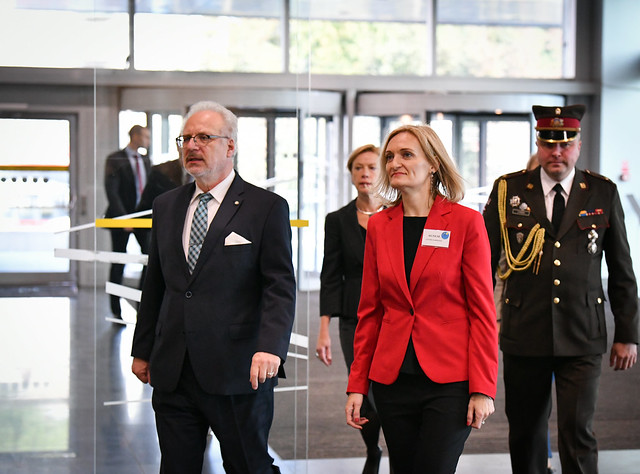Honourable Madam Minister for Welfare,
Honourable Minister for Justice,
Dear participants,
It is my pleasure to address various representatives of government and municipal departments, family courts and social services, and other relevant authorities, non-governmental sector, and as our moderator pointed out, everyone who is concerned with this problem and is interested and willing to take part in today’s conference. We have gathered here today to discuss how we can build strategically driven, purposeful and more efficient system for protecting children’s rights in Latvia and distinct roles of all stakeholders in ensuring the efficiency of this model.
On 3 September, I addressed the parliament. In my speech I underlined that our national population and family policies are too fragmented, whereas cross-cutting, or so-called horizontal, coordination is too weak. So is the political accountability. We must make our population and family policies more meaningful and result-oriented as soon as possible. And prevention of violence against children and protections of children’s rights should undoubtedly be the core focus and integral part of such policies.
I hope this conference will allow you to take a closer look at the system and identify different gaps and ways of filling these gaps through your unique individual and institutional input as part of the children’s rights protection system.
Our national laws address various forms of violence against children, including physical, emotional, sexual abuse and neglect. And it somehow seems to me that we have been in a way neglecting the system ourselves. We do not treat it as one policy area like foreign policy, fiscal policy or other policies. It seems to me that this policy has been pushed to the side. There is no integrated, uniform, systematic policy approach with clearly defined political responsibility, an institution, which could be held accountable for the overall performance or rather weaknesses of the system. That is why this policy and system seems a little more blurry than other policy fields at first. And, as I already indicated to the parliament, this is not an issue pertinent to children’s policy, children’s rights, demographics or family policies alone. This is an issue of our government model. Classic 19th, 20th century governance model with separate sectoral policies. Nowadays, in 21st century, as social systems inevitably become more and more sophisticated, complex and create stronger visible, invisible, structured and embedded links across sectors, this classic, sectoral approach does not always meet our expectations in terms of modern governance models for particular systems. This is not the only field. There is also, for example, digital transformation, which spans across all sectors. So, it is a governance efficiency issue. Or rather governance modernisation issue.
I think this is a good example of how we should approach the issue and ensure that we have a coherent children’s rights protection policy. In other words, a policy that political parties and general public have specific position about. Policy that indicates who is responsible for the whole framework and not just some of its elements. That is the main drawback of the current system. I believe we should stop treating policy of this kind as a short-term project that we can just implement, complete and just forget about, thinking that the policy is now ready. That is not how it works. We should not wait for another calamity or a scandal to start acting. We have already seen enough of them in this and other fields.
Protection of children’s rights is not a duty of one ministry. We must have integrated approach. That is the way to build a single national framework, a policy that everyone can follow, challenge and improve. Centre Dardedze is one of those who at least tries to define such integrated approach. That is because you are not constrained by one particular project or a specific area. You see the big picture and we who come from public administration should learn from you how to see the big picture. Therefore, I am very grateful to Centre Dardedze for bringing wider focus on this topic through UN Pathfinding initiative.
Initiative aims to raise awareness, stimulate leadership commitment, galvanize action, and establish a standard of national violence prevention throughout the world. Expert speakers invited to this conference will help us understand what these standards entail. We will hear what we, the state institutions, responsible authorities and stakeholders, should do, what our specific roles and functions should be from the overall system perspective, to know exactly what individual goals we should pursue and not just focus on project-based effort.
Latvia, like other UN member states, has committed to prevent or minimise violence against children as much as possible by 2030 (so the countdown to deadline a decade away has begun). You will most probably talk about the current state of affairs here, the way things stand in 2020. I hope in ten years from now, in 2030, Centre Dardedze will make another, stock-taking conference to evaluate whether we have reached these goals, identify gaps and chart the course for next decade from 2030-2040.
All participants of today’s conference are bound by the same goal of preventing and minimising violence against children as much as possible. There is a lot of work ahead of us. This is a good place where to start thinking and talking strategically about what needs to be done. It is a way to keep looking at the big picture and keep the best interests of each child in mind without wandering off into specific sectors or projects.





